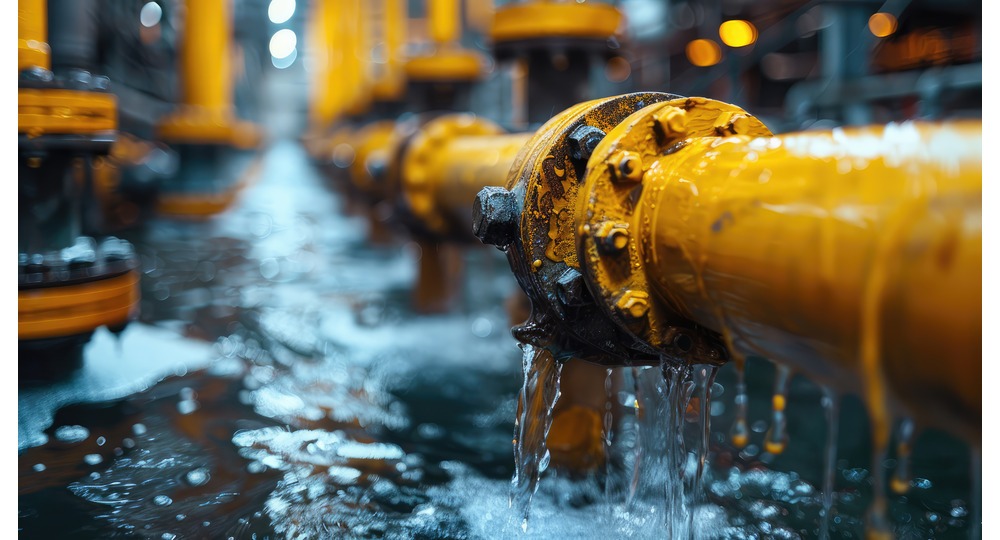Exploration Robot for Pipeline Asset Anomalies Identification and Analysis
KEY INFORMATION
TECHNOLOGY OVERVIEW
Leaks in water pipelines are a common problem for utility companies. In the utility sector, the term “real losses” refers to actual physical water leaks that occurs on transmission and distribution mains, leakage and overflow at utility storage tanks and leakage on service connections up to the water meter. These non-revenue water losses cause a significant economic loss even to some of the most well-managed water distribution systems in the world.
To manage and reduce water loss, utility companies carry out preventive maintenance, perform active water network monitoring by using noise loggers, smart meters, flow/pressure meters to collect useful data. Another proactive approach is to employ state of the art leak detection and localisation technologies such as acoustic leak detection (hydrophones), accelerometers, or the use of robots/endoscopes. Such approaches often face the challenges of false alarms, inaccurate leak pinpointing, limited exploration range and high cost of long-term monitoring.
Developed by a South Korea-based startup, the proposed technology herein relates to an AI-aided exploration robot for underground/buried pipeline diagnosis for leaks, cracks, corrosion, scale, surface damage and other anomalies using image, audio, pH and LiDAR sensor data. Unlike conventional robots, the exploration robot is designed to be relatively small (smallest being 4.4 cm diameter x 11 cm length) to enable direct inspection of the inside of small diameter water pipelines. Designed to complement hydroacoustic technology, the exploration robot also addresses the current challenge of short explorable distance of about 100 m by offering up to 3 km exploration range.
The startup is seeking to work with utilities or companies providing services to utilities to perform trial preferably in Singapore and explore long term collaborations in terms of customising solutions to specific applications, as well as technology licensing and revenue sharing through joint development with Singapore-based partners.
TECHNOLOGY FEATURES & SPECIFICATIONS
- Consist of two types of tethered exploration rovers: 1) Small robot equipped with image, sound and pH sensors, and 2) Robot equipped with LiDAR equipment.
- Designed to navigate bends and angles within pipelines, the robot is capable of inspecting water pipes with diameters ranging from 50 mm to 300 mm.
- Based on the collected data, the system performs AI-aided diagnosis of anomalies of up to 5 classes, i.e., Normal Pipe, Weld, Corrosion, Scale, and Surface Damage, along with a water pipe deterioration score and recommendation for pipe cleaning and/or replacement cycle.
- Capability to develop 3D maps based on image and other sensor data to enable digital twin-based asset management solution for the water distribution network and facilities.
POTENTIAL APPLICATIONS
- Utilities or public agencies that operates and maintains the water distribution network.
- Facilities that are close to its useful life: for early warning / prediction of the cleaning and replacement cycle of pipes.
- Future development for oil and gas pipelines applications.
Market Trends & Opportunities
As of 2018, the global water industry generated about $1087.4 billion, accounting for about $600 billion in capital expenditures and operational expenditures for water and sewage-related facilities.
Singapore's smart city and infrastructure management market is growing rapidly, and it is expected to reach billions of dollars by 2025. In particular, the water supply and infrastructure management market constitute a significant portion, estimated at several million to tens of millions of dollars annually. The nationwide water leakage rate in Singapore is around 10%, which is a substantial loss for a small city-state.
Unique Value Proposition
- Efficient and accurate pipeline inspection and maintenance powered by AI image analysis and digital twin.
- Exploration robots equipped with multiple types of sensors including LiDAR to generate 3D maps, with industry leading exploration range of up to 3 km.
- AI-driven robot inspects water pipelines in real-time, detecting issues such as leaks, corrosion, and blockages without requiring service interruptions, which ensures a continuous water supply and minimises costly manual inspections.

